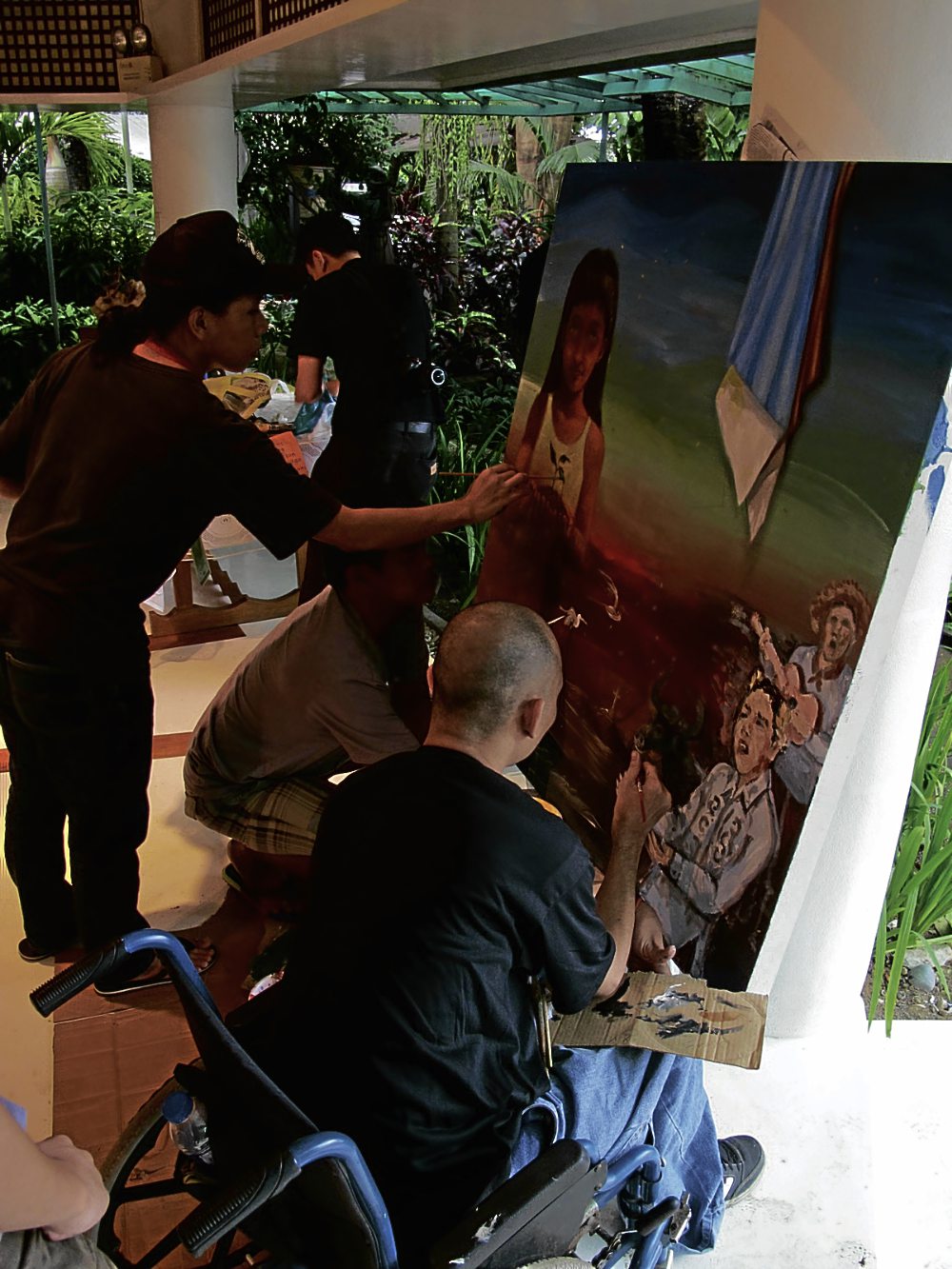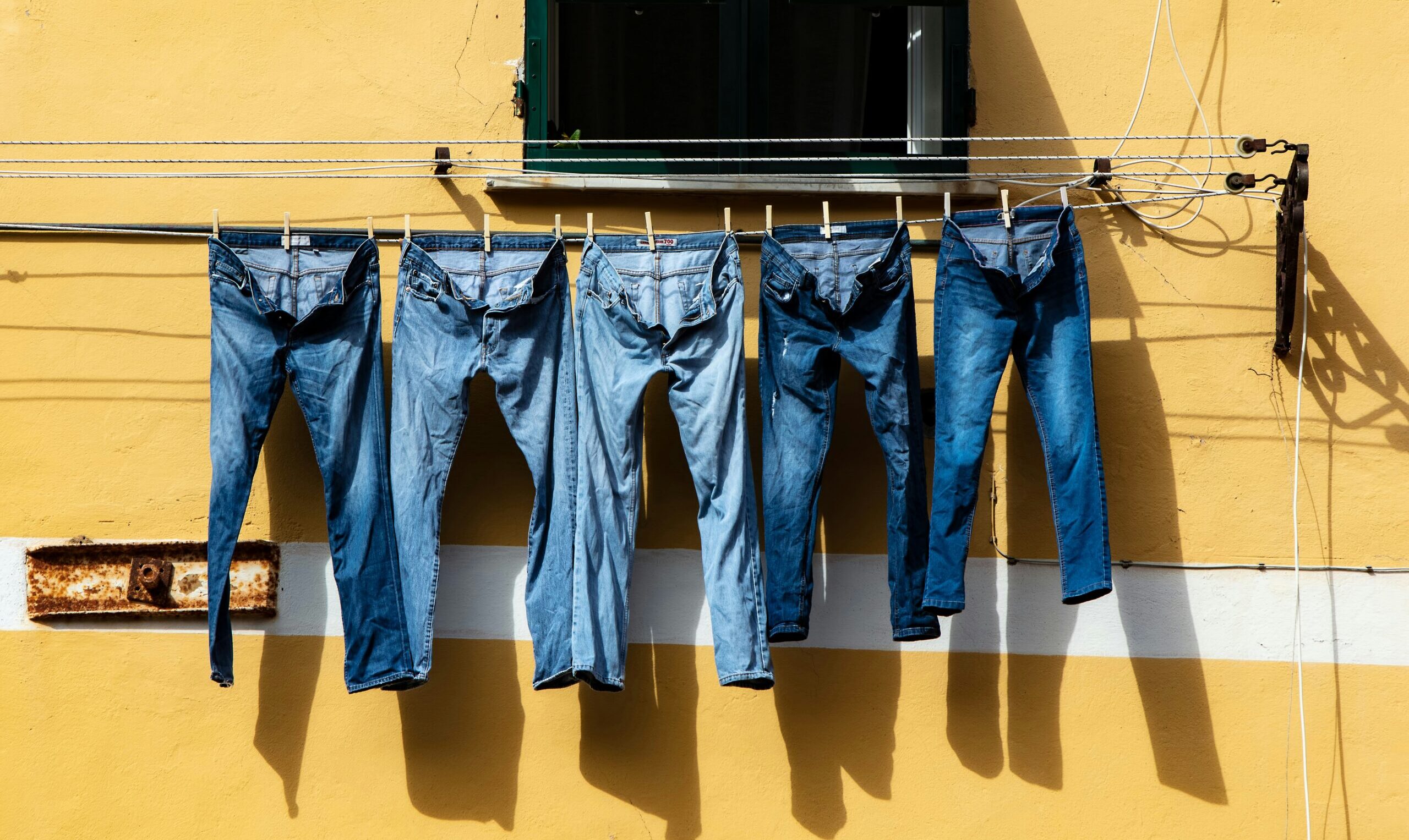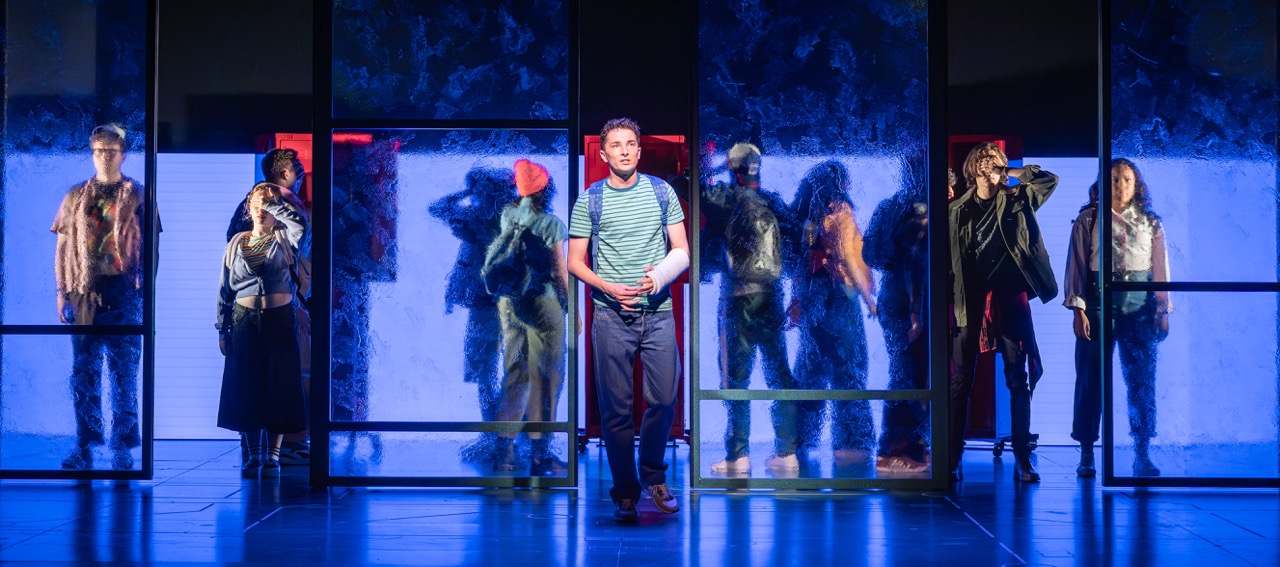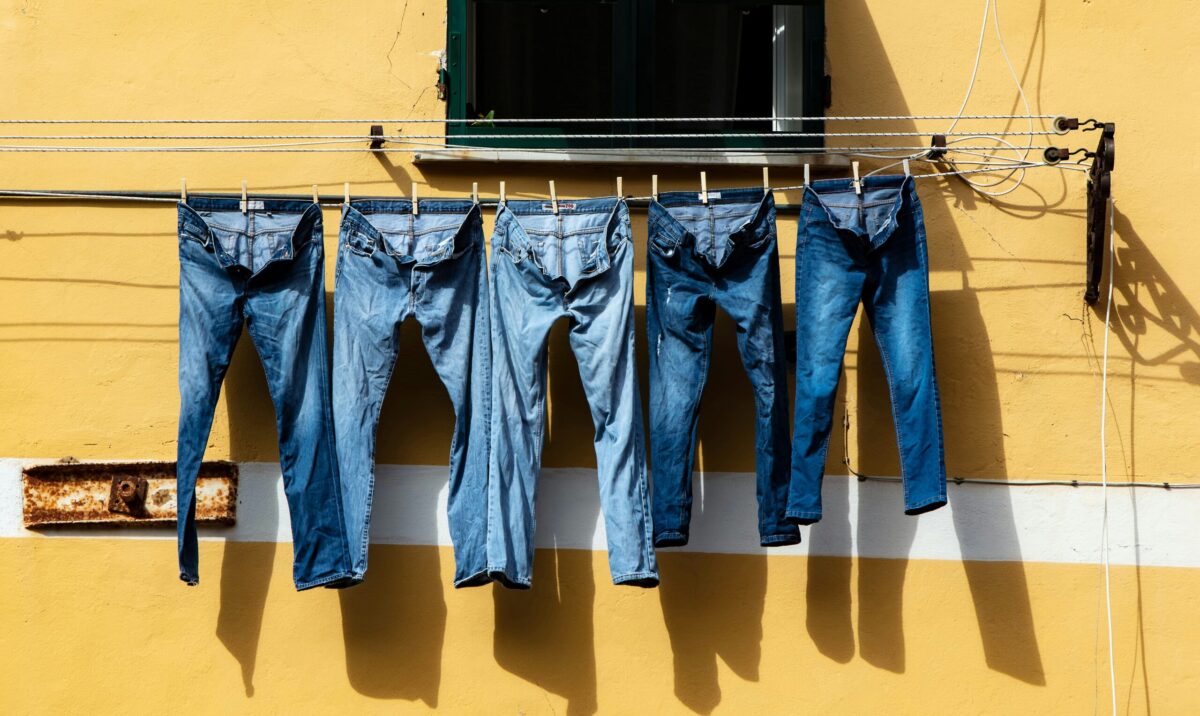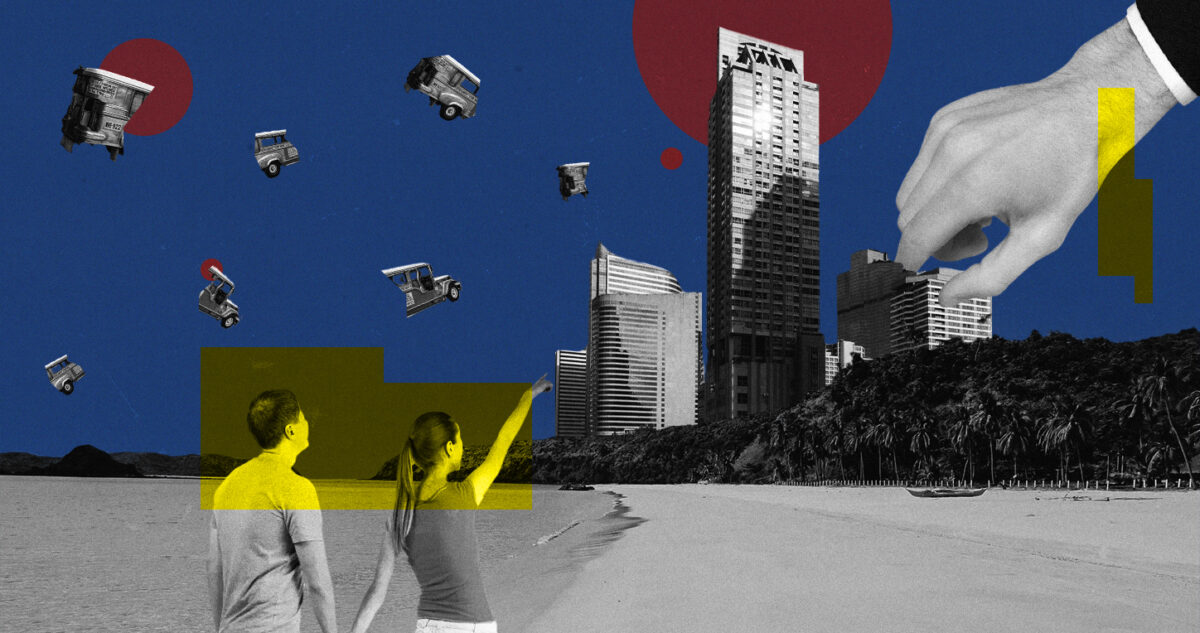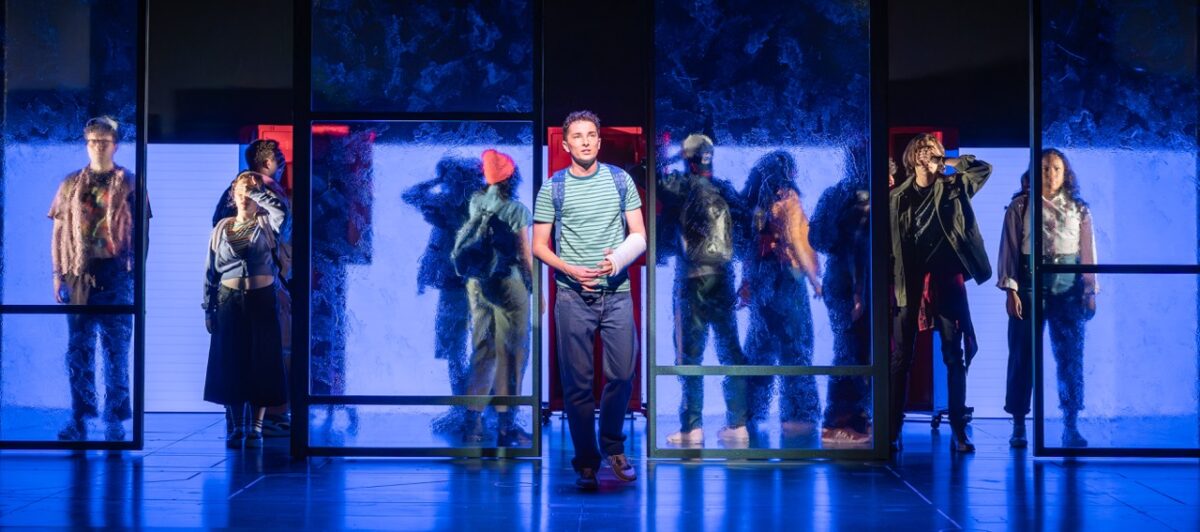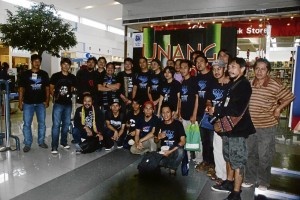
Philippine Art—as defined by art critics, historians, connoisseurs and collectors from Metro Manila—has had to rely largely on the talents, subjects and styles that have emerged in Central Luzon, said an award-winning arts scholar in Unang Daloy, the first Central Luzon Visual Arts Congress, held Oct. 3-4 at SM City and La Jardin Resort in Baliwag, Bulacan.
With this observation, Reuben Cañete, a recipient of the Leo Benesa Award for Art Criticism from the Art Association of the Philippines, mapped out the regional arts history of Luzon’s vast plain in his lecture, “Reflections on the State of the Visual Arts in Central Luzon.”
“Most visual artists in Central Luzon establish their reputation and find their market in the National Capital Region [NCR]. But it must be noted that they still return to their hometowns to continue using their native subjects as inspiration for their art,” Cañete said, stressing that most works by artists from Central Luzon were housed in known galleries and exhibitions in Manila and abroad.
Virtual presence
Previously, to make it in the art world meant artists from the regions making the trek to Manila. This was the case for National Artists Guillermo Tolentino, Vicente Manansala and Benedicto Cabrera. Manila has always been the heart of government, industry, education and culture.
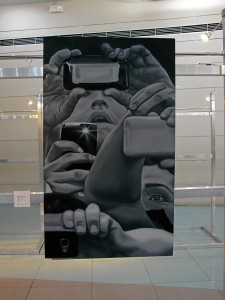
Cañete, however, said that the Central Luzon economy had grown through the years, affording artists in Region III to thrive even if they stayed put in their provinces. These included artists who had exhibited abroad such as Elmer Borlongan, Claude Tayag, Plet Bolipata, Gromyko Semper, Rain Libiran.
“The Internet has given many lesser known artists the opportunity to reach out to the world through such means as online exhibitions, social networking and blogging,” the art critic said. “Presence in cyberspace expands the world of the Central Luzon-based artists to a global network that is hungry for information and inspiration from them.”
Rich heritage
Organized by the National Commission for Culture and the Arts (NCCA), Kapisanan ng mga Bahay-Saliksikan sa Bansa, Inc. (Kabansa), and Center for Bulacan Studies of the Bulacan State University (BulSU) under director Agnes Crisostomo, Daloy gathered over 100 heritage advocates, art patrons and aspiring and practicing visual artists in a celebration of Central Luzon’s artistic and cultural achievements.
NCCA National Committee on Visual Arts (NCVA) representative Andrew de Guzman explained that the congress provided a venue for art enthusiasts, curators, museum administrators, cultural workers and artists to chart the growth of the creative industries in Central Luzon.
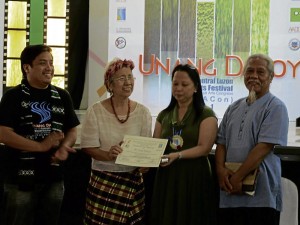
“This arts congress unifies the visual arts communities of Central Luzon through progressive and developmental activities like exhibitions, conferences, seminar-workshops and art fairs,” De Guzman said.
Daloy alludes to the various bodies of water that have nourished Central Luzon’s rich heritage. Ethnic denominations in Luzon have riverine-maritime roots: Tagalog (taga-ilog or “dwellers by the river”), Kapampangan (pampang or “by the river side”), Pangasinense (asinan or by the region of salt), and Ilokano (lo-ok or “by the cove”).
As part of their support for the event, Central Luzon-based artists included their works on 3.5 ft x 2 ft canvas for the Unang Daloy exhibit, which ran at SM City until Oct. 17.
Guests, beneficiaries
The seminar-workshop series, titled “Ako at ang Bayan Ko,” highlighted the arts congress. Facilitators included Eghai Roxas, a noted abstractionist, for abstract-art techniques; Joey Tañedo of the University of the Philippines Fine Arts, for photography; and Yuan Moro, a performance artist and member of the NCVA, for performance art.
Outputs from the interaction painting session on 4 ft x 4 ft canvas are now part of the permanent exhibit of Bulacan State University.
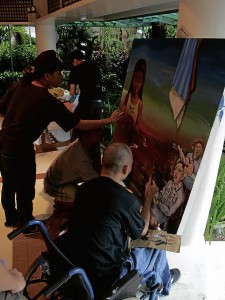
Aside from Cañete, heritage experts and art connoisseurs made presentations: Lino Dizon, vice president of Kabansa and director of the Center for Tarlaqueño Studies of the Tarlac State University; Norma Liongoren, manager of the Liongoren Art Gallery in Quezon City; and Eli Guieb, Palanca winner and film director.
Among the personalities who attended were Ferdie Isleta of NCCA; BulSU president Mariano de Jesus; and Emmanuel Calairo, Kabansa president.
At the end of the event, organizers and future hosts signed a resolution to hold the Central Luzon arts congress every two years. The next congress will be held in Pampanga.

